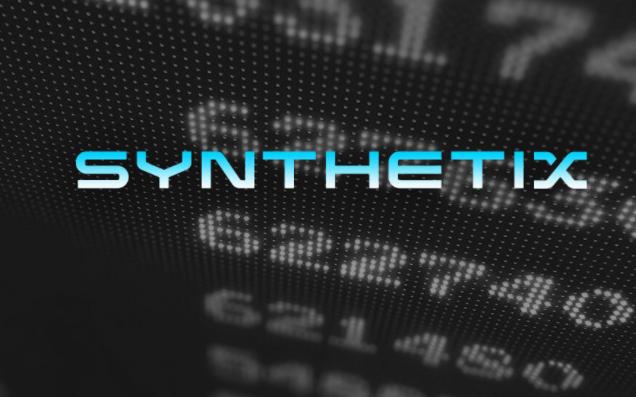IOTA will undergo a major upgrade to its mainnet, introducing smart contracts, oracles, and a digital asset framework
This article is an original piece by Chain Catcher. Please indicate the source when reprinting, author Gu Yu.
Recently, IOTA announced on its official blog that it will soon undergo the largest mainnet upgrade in its history, involving the underlying protocol, wallet, and software, while introducing smart contracts, oracles, and a digital asset framework to achieve significant optimizations in performance, stability, reliability, and security, thereby promoting the arrival of the machine economy era.
It is understood that IOTA is a transaction settlement and data transfer protocol designed for the Internet of Things, utilizing the Tangle consensus algorithm based on Directed Acyclic Graph (DAG) to overcome rising costs and power consumption by eliminating miners and transaction fees, driving transformation across various fields from automobiles to supply chains, and from industrial IoT to personal identity, enabling future machines to autonomously exchange information, value, and digital assets.
In recent years, IOTA, as an established blockchain project, has not had a strong presence in the industry, with its development clearly lagging behind other mainstream projects like Ethereum. The departure of IOTA co-founder David Sønstebø last December and the subsequent public disputes with the foundation also reflect internal issues within the project team.
In the blog, IOTA also acknowledged that it made some mistakes in the past few years, stating, "We found that some early design decisions were not ideal, while others went far beyond the foreseeable range." IOTA expressed, "We can only move forward by acknowledging today's mistakes and rebuilding bridges in 2021."
Compared to mainstream blockchain projects, IOTA has historically lacked smart contract and oracle functionalities, as well as support for digital token issuance, which are some of the issues that the IOTA mainnet upgrade aims to address.
In the second half of 2020, IOTA released conceptual materials for its smart contract protocol, claiming it to be the "first scalable and fee-less smart contract implementation" based on DAG. According to the introduction, considering scalability and transaction costs, IOTA smart contracts will be implemented as a second-layer protocol rather than as a core protocol. Additionally, each smart contract can be executed in a local environment without requiring the entire network to execute them.
Although IOTA smart contract transactions are fee-less, IOTA smart contracts provide an opportunity for deploying enterprises to charge fees in IOTA tokens, such as for covering operational costs.
On February 8, IOTA published a blog introducing its oracle. According to the introduction, the IOTA oracle does not use external data sources or third-party processed data on its distributed ledger but instead uses data submitted to the IOTA Tangle by the data publishers themselves. In the IoT network, "data publishers" refer to the sensors themselves, which are not manipulated or re-edited by anyone or anything, significantly reducing the possibility of data manipulation.
When discussing the use cases for oracles, the blog also revealed that IOTA will launch automated market makers (AMM), lending platforms, or synthetic asset exchanges.
On February 18, IOTA officially announced the launch of its digital asset framework, introducing the concept of tokens into the IOTA ecosystem. From issuing digital securities to trading NFT artworks, this framework lays the foundation for the issuance and use of free, scalable, and secure digital assets on the IOTA Tangle.
IOTA stated that whether for individuals making small investments in real estate, artists protecting intellectual property, restaurant managers issuing gift vouchers, automotive companies issuing stocks in their fleets, or IoT devices selling access to their data, this framework will provide anyone with a digital asset architecture to securely and affordably tag and use digital assets.
According to the roadmap released by the IOTA Foundation for 2021, the project indicated that there are clear focuses for each quarter: Q1 is Chrysalis (new mainnet), Q2 is token economy, Q3 is smart contracts, and Q4 is the release of Coordicide (protocol upgrade). At the same time, the most important task for the IOTA Foundation this year is to bring IOTA into production, with the long-term goal of building bridges from IOTA to other communities.
According to Coinmarketcap, IOTA is currently priced at $1.50, with a 24H increase of 15%, and a total market capitalization of $4.13 billion, ranking 23rd among all cryptocurrencies.












